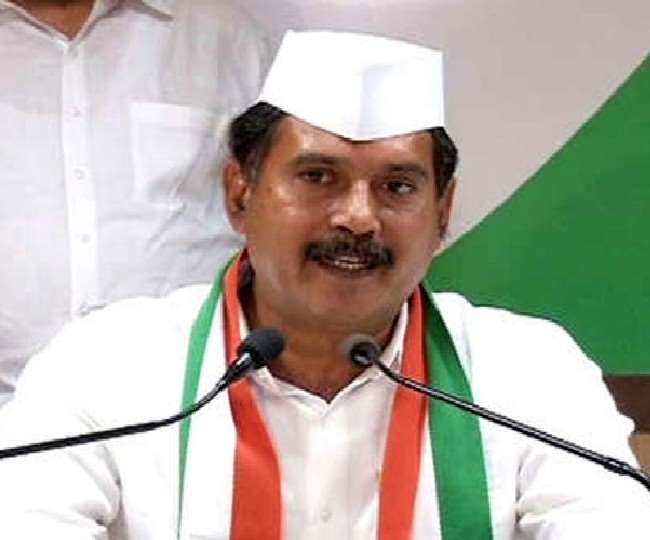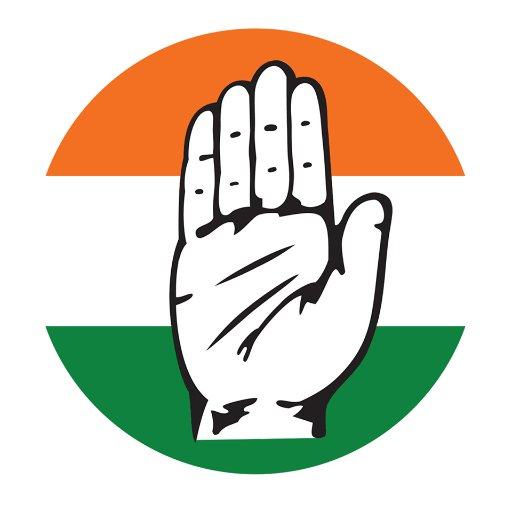'Azadi Gaurav Yatra'

- Lalji Desai
We have ushered into the 75th year of our independence. The war of independence was fought against the British under the leadership of Mahatma Gandhi. So, it was the ideology of the Congress party which faced the sticks and bullets of the British. At that time, no one had been so ambitious so as to become an MP or an MLA. No one had to get any post and for the freedom of this country, every countryman fought unitedly; forgetting all the differences pertaining to language, province, caste or religion. The countrymen, our freedom fighters, our ancestors fought valiantly against that ‘Sultanate’ about which it was said that ‘Its sun never set’. It accrued to such valour of theirs that our country became independent.
On this occasion, the Congress Working Committee organized various programmes so that we remember our glorious history and go among the public. In connection with the same, our Seva Dal comrades started a ‘Padyatra’, under the leadership of our Seva Dal’s National President Lalji Desai on April 06, from Mahatma Gandhi’s ashram on the banks of Sabarmati in Ahmedabad. ‘Azadi Gaurav Yatra’ is arguably the longest and one of the most successful Padyatras in modern Indian history. It commenced from Gandhi Ashram in Ahmedabad (Gujarat), karmbhoomiof Gandhi ji on April 06, 2022, and embarked on a 1280 KMs journey on foot which concluded at Rajghat in Delhi on June 01, 2022. Throughout this journey, ‘Tiranga’ remained hoisted as per the convention. The purpose of this Yatra was to promote an ideology based on peace, harmony, liberty, justice and inclusion, and counter the narrative/activities promoted on basis of hate, bigotry, intolerance, and divide and rule; determine the true essence of freedom and uphold values of the Indian Constitution to counter fascism; establish absolute truth to counter the propaganda based on lies, deceit and institutional corruption. People from various communities came together for this cause irrespective of caste/creed/gender/region or religion (few as young as 5 yrs old and few as old as 84 years old walked along for days).
The Yatra, along with a series of other programmes, was a part of the broader objective laid out by Honourable Congress President Smt. Sonia Gandhi, which was to commemorate 75thyear of India’s independence. It aimed to reach out at the grassroots and narrate the role of INC in India’s freedom struggle, engage with diverse communities and showcase the role of INC in nation building, promote the INC ideology, Mahatma Gandhi’s moralities and the ‘Idea of India.’ The purpose of the Padyatrawas communicated by handing literature print-outs, press address print and television, speeches at public places, corner-meetings with locals, public screenings, cultural programmes and persistent promotion on all formats of social media. Contextual community engagement programmes were formulated on daily basis, establishing productive dialogues. Visits were scheduled to educational institutes, community halls, religious establishments, local governing bodies, etc.
While Padyatris, which constituted a group of volunteers who had joined in from various parts of the country (few from as far as Tripura and Pondicherry), successfully reached out at the grassroots with the objectives of the Yatra. They also organically gained momentum and mobilized masses in urban, semi-urban and rural landscapes. It was observed that the number of Padyatris per day ranged from 80 (lowest) to approx. 6,000 people. Along with people who had joined in from different parts of the country, locals enthusiastically joined in large numbers as the Yatra passed them. Padyatrisproactively engaged with people from diverse communities and the latter enthusiastically welcomed and joined the initiative. INC Azadi Gaurav Yatra connected INC leaders with cadres, and cadres with local communities; establishing meaningful dialogues and relations. It was observed that this initiative successfully generated an atmosphere of peace, fraternity and inclusion as and where it passed by.
At an average of almost 23 kms/day, a distance of +1280 kms (approx.) was covered within 57 days including detours and byways improvised. Padyatra directly interacted with more than 5,00,000 (approx.) people in 13 Districts of 3 states (Gujarat, Rajasthan, Haryana) - Ahmedabad, Gandhinagar, Mehsana, Sabarkantha, Aravalli, Dungarpur, Udaipur, Rajsamand, Ajmer, Jaipur, Alwar, Rewari, Gurugram and the State of Delhi. Padyatra directly engaged with communities from over 1500 villages so far including different castes and tribes, farmers and people associated with animal husbandry, students and academicians, businessmen and employees from different industries, local religious and community influencers, social activists, INC office bearers, etc, and indirectly touched upon more than 4500 villages.
During the course of the Yatra, various activities were undertaken almost on daily basis. With an attempt to revive the culture of flag hoisting across India, each day commenced with traditional flag hoisting ceremony, accompanied by reciting ‘VandeMatram’, DhwajGeet and the National Anthem. Proceedings took place in public squares involving local INC office bearers, local influencers and people from nearby communities. Ann-Jal-Mitti were collected from villages/towns/cities enroute. The idea was to use these collections and plant ‘Trees of Unity’ at Rajghat on the final day of the Padyatra to symbolize ‘Unity in Diversity.’ Statues and other prominent locations relevant to India’s independence struggle and sacrifices were tributed with Guard of Honour. Individuals with lifelong contributions to the nation and INC were also identified and honoured.
A series of community engagement activities in the form of door-to-door reach out, Jan Sabhas, corner-meetings, meals with locals, meet and greet with local governing bodies, etc, were implemented on daily basis. Late evenings were sights of vibrant cultural programmes, which involved local folklore and traditions. These cultural programmes were meant to socially connect with communities in different localities and celebrate diversity in India’s traditions. To present the correct version of history, INC’s contribution during India’s quest for independence and its role in nation building, short videos/movies were screened at impromptu corner meets organized en-route. Going with the Gandhian concept of invoking patriotism and spirit of oneness through songs and hymns, revolutionary songs (Kranti Geet) and peace songs (Shanti Geet) were promoted throughout the journey.
This Padyatrawas an initiative which turned out to be a life-changing experience for a lot of people that participated.
The author is Chief Organiser Congress Sewa Dal







